|
For when you can’t find the right fit. Thankfully the fashion industry has finally realised we aren’t all the same shape and size, meaning there’s more choice for the curvier among us than ever before. This includes plus-size clothes, bump-friendly stylish attire and shoes made for all types of feet. But in Hong Kong it can be hard to find sizes in stores that are readily available across Europe, the USA and other Western countries. Lots of women in the expat community struggle with where to shop, especially if you have a tall figure, a larger cup size or have Western-sized feet. Don’t worry, you’re not alone! There is more out there than you think and you’re not limited to just shopping from overseas online stores (although there are some great options there too!). Here’s where to head to ensure that perfect fit. UNDERWEAR AND LINGERIE FOR THE FULLER FIGURES The right outfit starts with the right underwear, as it’s the base that makes everything else look great! A well-fitted bra is especially important when you have a more than an average cup size, a beautiful fuller figure or if your body is going through significant changes due to your menstrual cycle, weight loss or gain, pregnancy, breastfeeding or menopause. We say embrace the change! Sheer, Don’t be shy when going in, Sheer may display a limited range, but ask its friendly and knowledgeable staff for help as the full range is kept in secret drawers (how very chic!). It also stocks maternity bras, support underwear, swimwear (during the summer season), sleepwear and a full range of accessories (such as nipple covers, stick-on bras and lift tape). You are sure to find the right bra for every occasion and the right accessories for any outfit. Sheer, Shop 310, 3/F, The Landmark, Central, Hong Kong, 2388 2876, WhatsApp: 9174 6363, hello@sheer.com.hk, www.sheer.com.hk Her Own Words by Regina Miracle is a company where comfort meets technology in underwear. It has the best seamless underwear in Hong Kong, that will give you a smooth, breathable and comfortable feel all day. Sizing goes up to an XL. Its sports bras and athleisure wear are similarly engineered, and even include a front zip closure that makes it super easy when breastfeeding. Bras go up to a European 85D. Her Own Words, various locations, 2762 0866, cs@howherownwords.com, www.howherownwords.com PLUS-SIZE WOMEN'S CLOTHES No two women are the same and the same thing goes for the size of their clothes. To make things even more complicated, every store (and its sizing!) can be different, making the hunt for suitable clothes in Hong Kong quite difficult. Thankfully, many stores are now offering a customised service so that EVERY woman has the perfect fit! Here are some stores we suggest you try to refresh your look. If none of these stores has exactly what you are looking for, then perhaps getting in touch with a local tailor or going on a shopping tour is a great alternative. Beam Bold, and its Hong Kong designer Audra, have a strong sustainable approach to fashion, which is focused on size inclusion. Audra makes her beautiful designs up to a 3XL and will also custom make to any shape and size. If you are someone whose shape tends to fluctuate, Audra even goes into the detail of adding a good seam allowance to her resort collection, so there is plenty of flexibility for alterations. It’s so nice to know that your dress will always fit perfectly! Many of her dresses also make for a chic and fussless maternity outfit for the summer. Sassy Mama tip: There’s a Beam Bold Kids collection coming soon, so expect adorable matching sets for mother and daughter! Beam Bold, online store (see website for pop-up shops) 6177 5746, connect@beambold.com, www.beambold.com Rue Madame is a chic store that provides French styles for Hong Kong women. It has several styles that range in size up to an XL and XXL, which provide elegant everyday solutions. Rue Madame, various locations, 2234 7880, customercare@ruemadame.com, www.ruemadame.com Marks & Spencer, Did you know that Marks & Spencer makes a range of pants in different vertical proportions (not just horizontal sizes)? Some pants are available in a “Long”, “Regular” and “Short” leg size. This means that it has a great cut of pant to work for every woman’s height. Sizes range from a 6 to a 32, with the full range also available online. Marks & Spencer, various locations, www.marksandspencer.com/hk Favourite Online Stores For All SizesIf you prefer to shop for an extensive variety of plus-size clothes from the comfort of your living room (or office, we won’t judge!) there are many online stores all offering free delivery to Hong Kong. A couple of our favourites are ASOS, Next Direct, Bloomingdales and Zalora. LADIES SHOES
When you have feet that are bigger than a European size 41 (UK/US size 8), it can be difficult to find a comfortable pair that give you that perfect movement and fit. Many women in Hong Kong are limited to online purchasing of shoes, which can be limiting and time-consuming. Here are some local stores that provide comfort and style worth trying out. La French Cut’s shoes are known for their balance between comfort and beauty. Giving customers the ability to choose the heel height they feel most comfortable in, material, style and colour, along with the most elegant cut, it is easy to have the perfect pair of shoes made for every foot and fashion style. You can try on a limited selection at Ionic Mode, Four Seasons Spa, Verde Organic or Jules & Coco. Alternatively, get in touch directly to arrange your own fitting, or visit its website to see when and where the next pop-up event is being held. La French Cut, info@lafrenchcut.com, www.lafrenchcut.com Bespoke-made shoes at Shoe Artistry will give you the perfect fit for any foot. Choose from its standard range of sandals, boots and flat shoes. Those with foot problems can even choose to have a 3D printed corrective insole made. They don’t come cheap so you need to be willing to spend $2,800 or more. Shoe Artistry, Unit S603, Block A, 6/F PMQ, 35 Aberdeen Street, Central, Hong Kong, 2796 6018, hi@shoeartistry.com.hk, www.shoeartistry.com.hk Rockport makes comfortable shoes in classic styles. Every shoe incorporates an anti-slip grip sole and the latest range also has inner gel supports for all-day comfort. A variety of widths are available (narrow, medium and wide) and sizes range from 5 to 13. This is a great shoe for the woman who is on her feet all day. Rockport, various locations, www.rockport.hk With the end of 2019 fast approaching, it’s time to celebrate both the end of the year and mark the new beginning of 2020! This year’s looks are all about that sparkle. You wouldn’t want your Champagne to be flat, so your outfit shouldn’t be either!! Here are some looks to inspire you and help you ring in the New Year, 2020, in style. Style Tip: Remember not to leave your outfit to the last minute, especially if you are an online shopper. Make sure you receive your items with plenty of time to try them on, just in case they don’t work or need to be tailored. It’s best to avoid that last-minute stress! 1. Stay Stylish At A Rooftop Event
You will have the best views of the Hong Kong skyline and it gives you the excuse to dress up a little warmer. This Reiss off the shoulder knitted dress is the perfect combination of style, comfort and warmth. Put your stamp on it with a great belt, statement necklace or fabulous pair of diamante studded tights like these from Calzedonia and glittery Jimmy Choo boots! A girl can never have too much sparkle. This versatile dress is also great for a cosy evening at home, or a casual night out with the kids. 2. When The Party Calls For Glitz And Glamour This Sau Lee dress has everything you could want to start a celebration. An ombre tulle gown covered in glitter with a sheer hemline, this can be worn either as a ball gown or a cocktail dress. This local designer knows how to dress a woman for a party. Pair this sexy plunging neckline with a silicone adhesive cup from ASOS to make sure you don’t have any wardrobe malfunctions. Make sure to keep your accessories minimal and let a statement dress like this do all the talking. These 18k white gold hoops with pearls from Jemocracy are the perfect complement for this show-stopping dress. Simply pair with a simple black strappy heel to complete the look. 3. Keep Cosy En Route In Fur (faux, of course!) Local Hong Kong designer, Dyus K, has a beautiful edgy and powerful winter collection, which this faux fur coat features in. It’s perfect to get you to and from any party, looking and feeling fabulous! Paired with a simple velvet slip dress from Zara and sparkle hair clips from Wan Chai market, you will not only feel fabulous but look like you have just arrived from Hollywood! “Alright Mr DeMille, I am ready for my close-up”. 4. Budget-Friendly Sparkles If you are the family accountant and the wallet is looking a little thin after all the Christmas spending, but still want a new and sparkly look, check out this Zara cross-over dress. It has both sequins, pattern and colour and won’t break the bank— the dress is only $599! Pair with an elegant black boot like this one from J Crew and a fun New Year’s Eve novelty tiara. This is a fabulous look for a party at a friend’s house or at any bar. 5. Chic And Elegant In Ivory Toast the New Year in this strapless ivory jumpsuit by Reiss, that’s classic and effortless. It can be beautifully complemented with a glistening crystal necklace from J. Crew. For an additional look, match with a black blazer for a daytime option, or dress it up with a fabulous pair of snakeskin pumps with flecks of gold from local designer La French Cut. This is such an effortless chic look to bring in the New Year with style and grace, even Victoria Beckham would approve. 6. Baby On Board Just because you are an expectant mother, this does not mean you should miss out on the pleasure and excitement of dressing up to celebrate the New Year. This satin maxi dress from Mayaraya has a great stretch and a luxurious feel, which will make any mother-to-be comfortable without compromising on style. Coordinated with an embellished metallic beaded bag from Reiss and a shimmering chandelier earring from J.Crew, you will be ready to dance the night away. This is also a great dress for breast-feeding mamas, and it can be easily transformed into a day look with a simple pair of sandals. For the last two year I have had the amazing opportunity to work with some of the most incredible women in Hong Kong. The TedXTinHau Women’s event in 2018 was not exception. Tin Hau, is not just the name of a train station on Hong Kong island, it's also the Chinese goddess of the sea and uniquely describes Hong Kong’s geography (A coastal Island) and spiritual culture. Every woman is a goddess in her own right, which is why this global event has focused on amazing women sharing their stories, experiences and ideas with the world! Having the opportunity to work with each speaker to help them achieve their unique sense of style on stage was amazing! Helping them to feel and look confidence so that they can be their most authentic selves to make a positive impact on the global community! Watch and listen to their brave stories and amazing insights on how we can “Show-up: Now!” Professor Rossa Chiu: Let's beat cancer-together Wearing Jemocracy and Anthea Cooper Jewellery Styled by Amanda Leigh Style Hair and Make-Up by Paul Gerrard Hong Kong Dr Zoe Fortune: Show up for your mental health Wearing Jemocracy Jewellery Styled by Amanda Leigh Style Hair and Make-Up by Paul Gerrard Hong Kong Carmen Yau: Why I keep a sex diary (and you should too Wearing Anthea Cooper Jewellery Styled by Amanda Leigh Style Hair and Make-Up by Paul Gerrard Hong Kong Dr Joyce Samoutou-Wong on how children can lead social impact in your community Wearing APcult Styled by Amanda Leigh Style Hair and Make-Up by Paul Gerrard Hong Kong Verlebie Chan: The importance of taking risks Styled by Amanda Leigh Style Hair and Make-Up by Paul Gerrard Hong Kong Wearing Club Monaco Lucille from Awen: how she chased her dreams and took charge with the empower of music Styled by Amanda Leigh Style Hair and Make-Up by Paul Gerrard Hong Kong Wearing The Tangerine Road Dress and Jemocracy Jewellery Dr Small Luk with an important conversation on how to show up for identity. Styled by Amanda Leigh Style Hair and Make-Up by Paul Gerrard Hong Kong If you have a special event that you would like help looking and feeling your best for, please get incontact with us: info@AmandaLeighStyle.com |
AuthorAmanda is Founder and CEO of 'Amanda Leigh Style', a Hong Kong-based fashion consulting business, which is committed to empowering its clients to achieve their unique sense of style and build confidence to maximise life’s opportunities. Archives
November 2023
Categories |


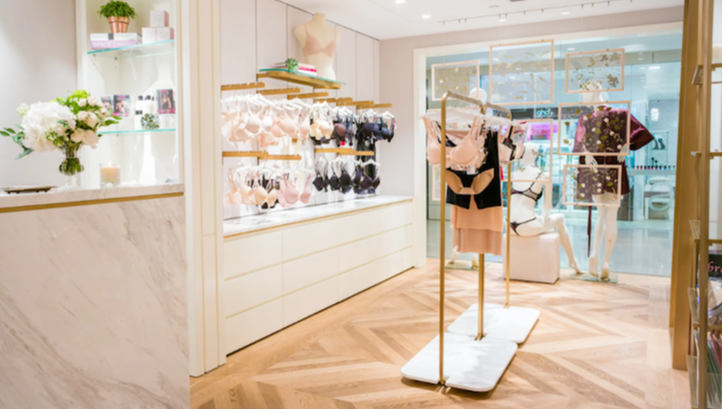
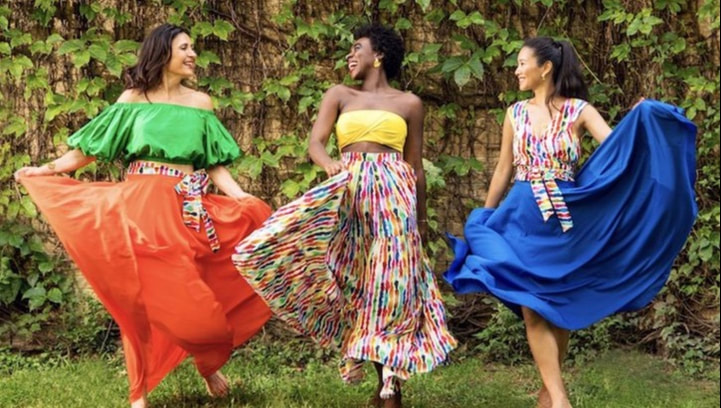
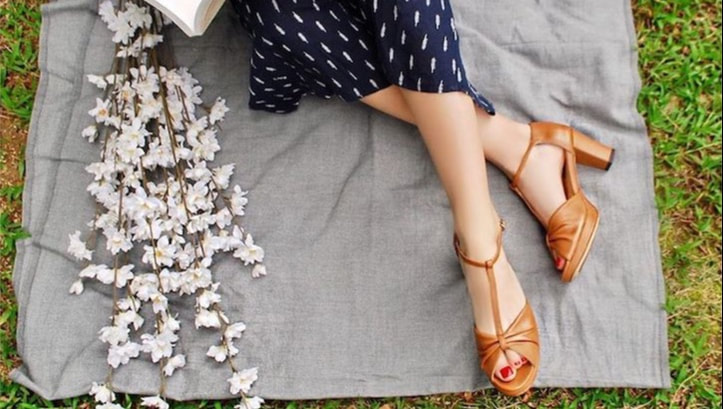

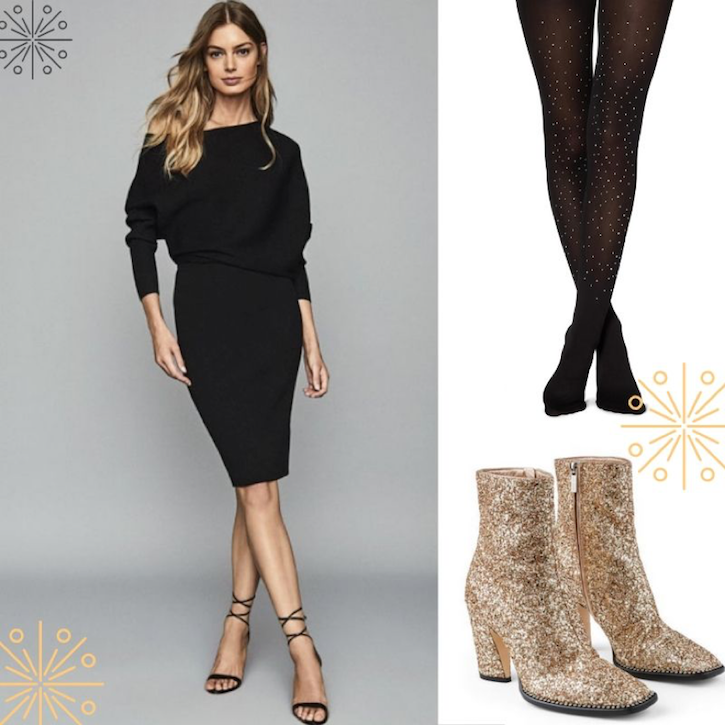
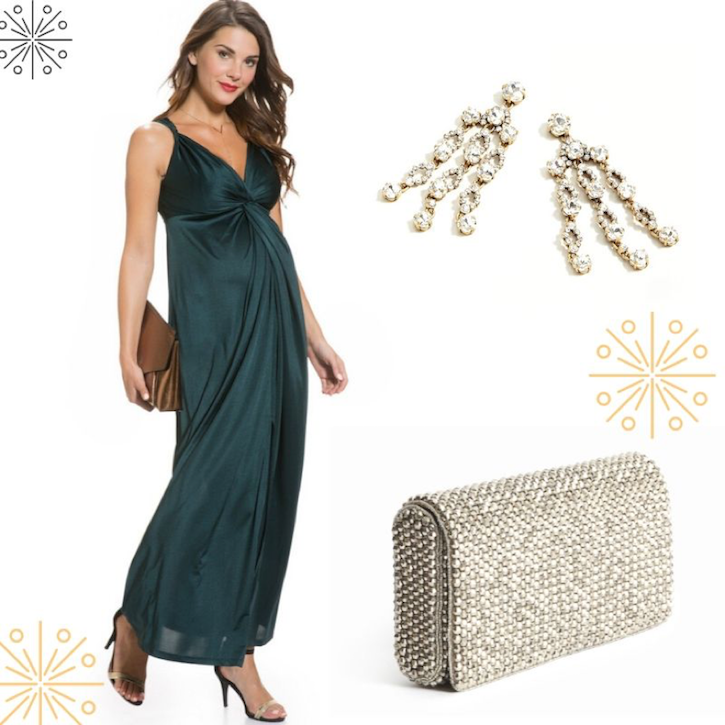
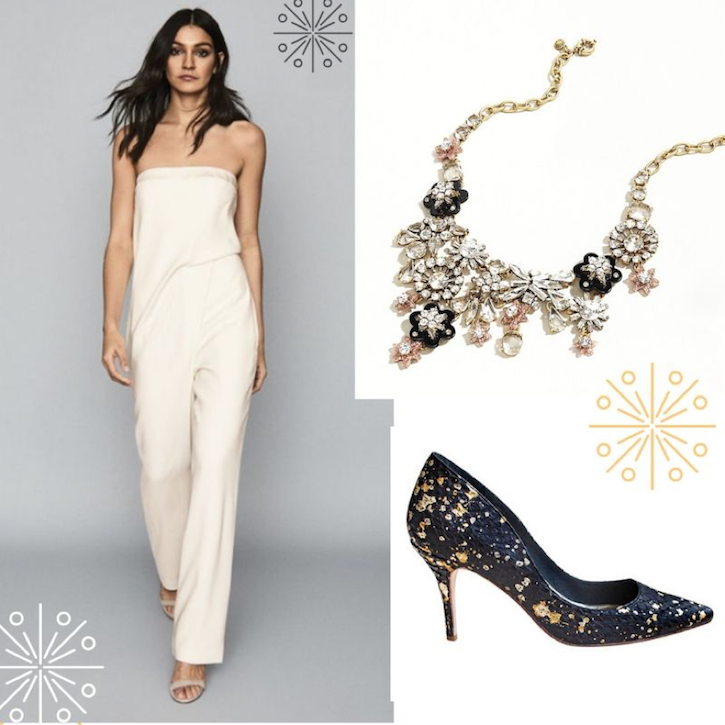
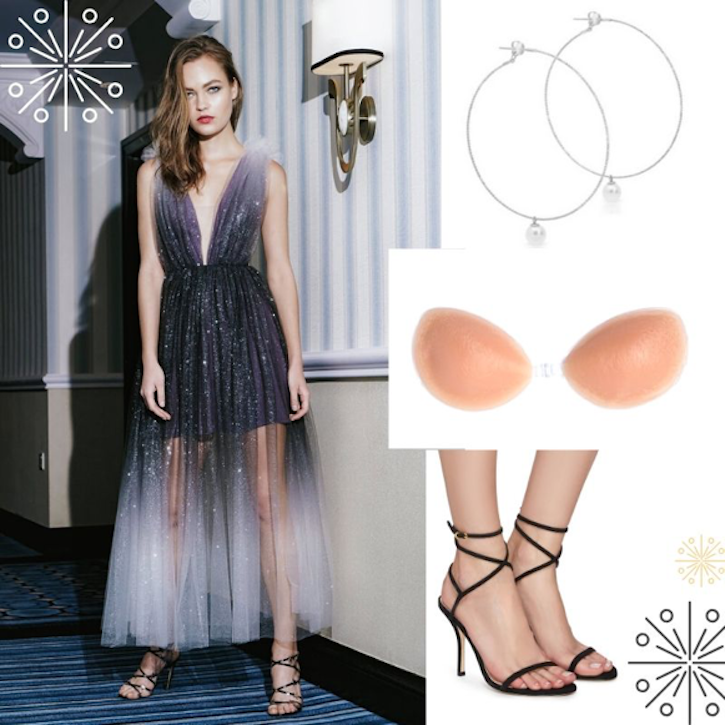
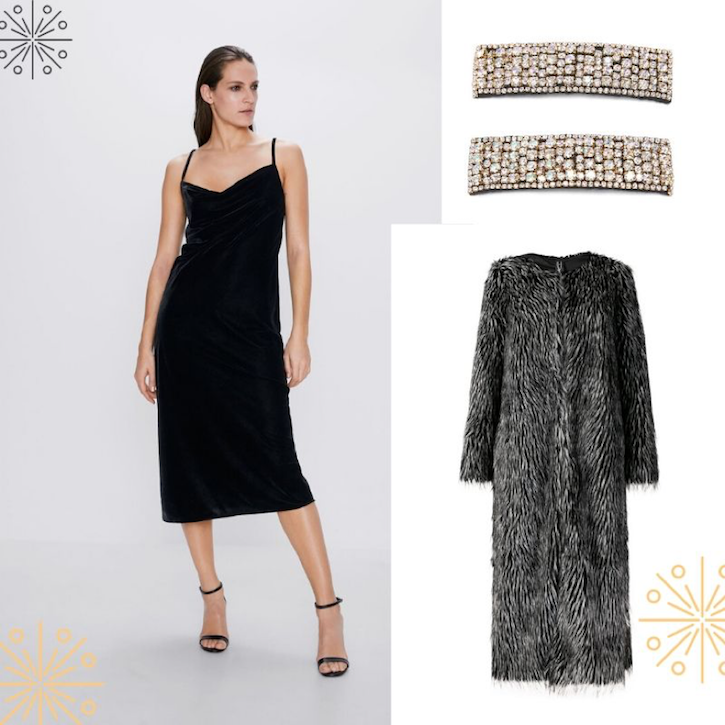

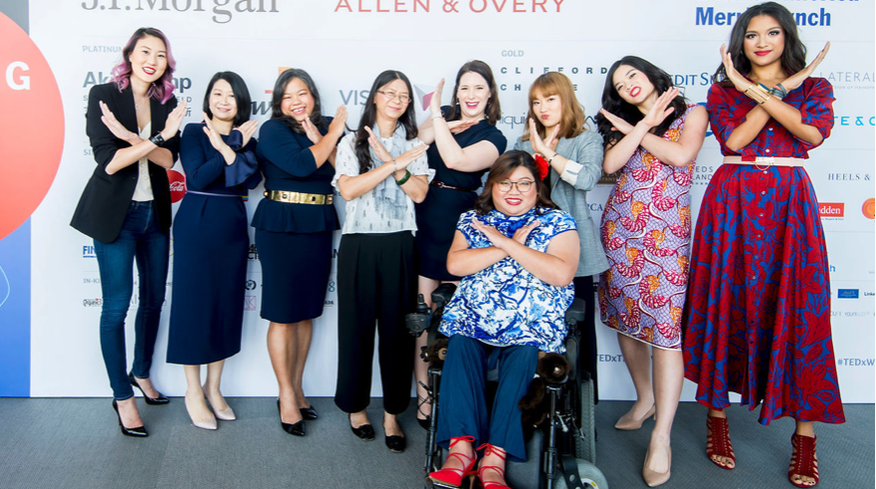
 RSS Feed
RSS Feed